

How to Start a Sustainable Garden at Home with Limited Sunlight
Introduction
Sustainable gardening is all about growing food in harmony with nature. It’s a way to cultivate your own fresh fruits, vegetables, and herbs while being kind to the planet. Yes, gardening in low-light conditions can be tricky. But fear not! Just because your garden is lacking sunshine doesn’t mean it can’t flourish.
Many gardeners face the challenges of limited sunlight, especially in urban settings or shady backyards. The good news is that you can still create a vibrant garden without basking in the sun all day. Growing your own food not only saves you money but also reduces your carbon footprint. Plus, it can be a delightful hobby that brings you closer to nature. So, roll up your sleeves and let’s dive into the world of sustainable gardening even when the sun seems to be playing hide and seek!
Speaking of gardening, you might want to check out this Raised Garden Bed Kit. It’s perfect for maximizing your growing space and keeping your plants safe from pesky pests!

Understanding Low Light Conditions
What Constitutes Low Light?
Low light conditions refer to areas that receive minimal direct sunlight. This typically means less than four hours of direct sunlight daily. Such spaces can be found near tall buildings, fences, or under the thick canopy of trees. Unlike full sunlight, which bathes plants in warmth and energy, low light is filtered through leaves or blocked entirely.
Indirect sunlight is that gentle glow that sneaks in through gaps, while partial shade gets sunlight for only part of the day. Plants that thrive in these conditions have adapted to utilize whatever light they can get. They may not grow as fast as their sun-loving cousins, but they can still produce a bountiful harvest.
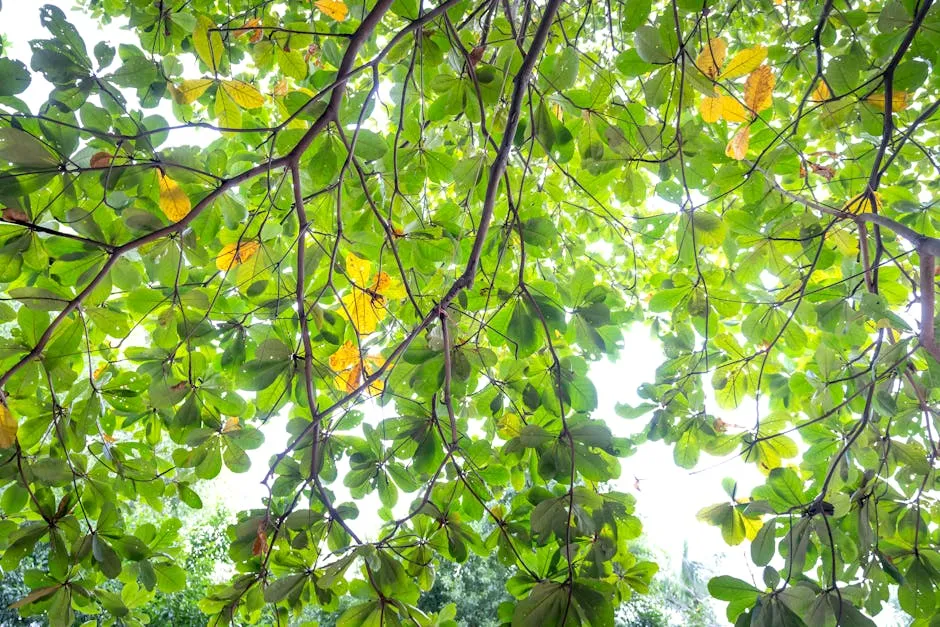
Why Limited Sunlight is Not a Dealbreaker
Many gardeners mistakenly believe that they can’t grow anything in limited sunlight. This myth is as stubborn as the weeds in your garden! In reality, various plants thrive in low-light conditions. Leafy greens like kale and spinach love a bit of shade. Even some herbs, such as mint and parsley, are quite happy in less-than-ideal lighting.
Plants are surprisingly resilient. They have evolved to adapt to various environments, and low light is no exception. So, don’t let the shadows bring you down! With the right plant choices and techniques, your garden can be just as productive as any sun-drenched plot. Let’s get ready to transform those dim corners into flourishing green spaces!
To give your plants a little boost, consider using Organic Compost. It enriches the soil and provides essential nutrients that can help your plants thrive, even in the shade!
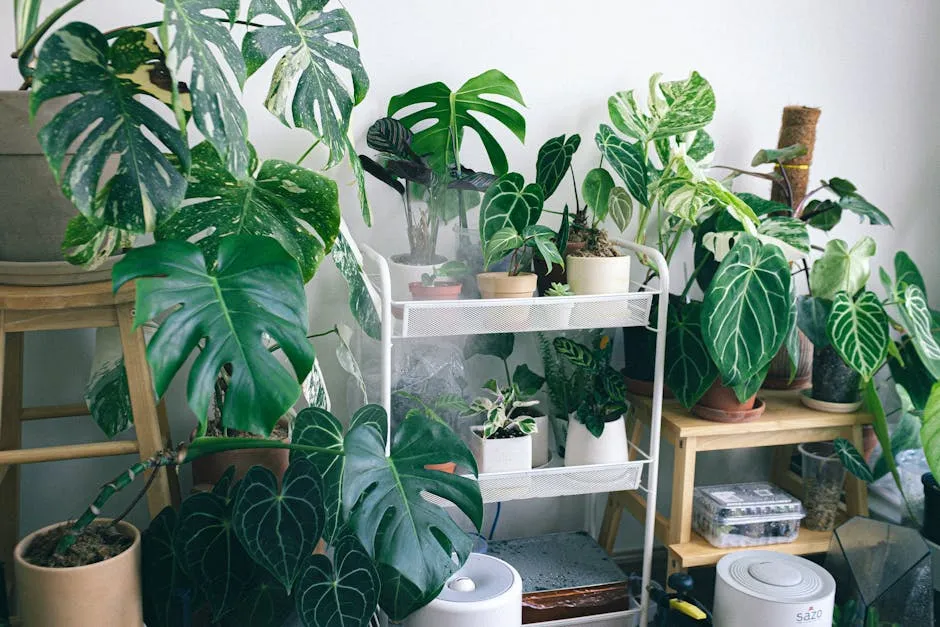
Selecting the Right Plants
Best Vegetables for Low Light
Limited sunlight doesn’t mean you can’t have a flourishing vegetable garden. Some vegetables thrive in these conditions, bringing life and nutrition to your garden. Leafy greens, especially, enjoy the shade. Varieties like spinach, kale, and Swiss chard are real champions. They can grow with as little as three to four hours of sunlight daily.
Root vegetables are also excellent choices. Carrots, beets, and radishes can dig deep into the soil while enjoying the cooler temperatures found in shadier patches. They often require less light than their fruit-bearing counterparts.
For the best results, plant these veggies in well-draining soil enriched with compost. This boosts nutrient availability and fosters healthy growth. Water sparingly, as shaded areas retain moisture longer. Remember to thin your seedlings; overcrowding stunts growth and limits air circulation.
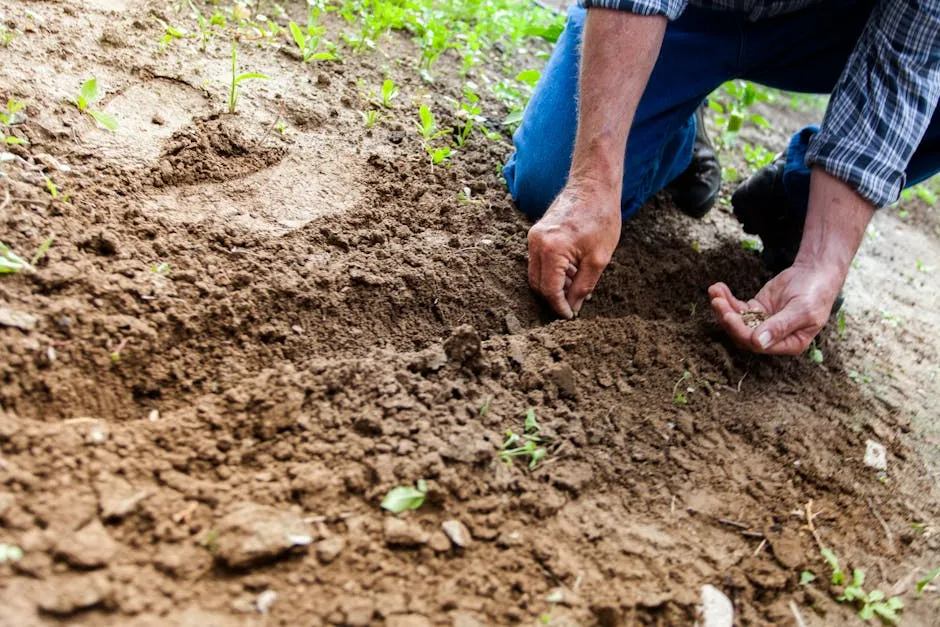
Additionally, consider companion planting. Pair leafy greens with root vegetables to maximize your garden space. For instance, planting radishes with carrots can help deter pests while promoting healthy growth for both crops.
Herbs that Flourish in Shade
Herbs are fantastic for low-light gardening, adding flavor to your dishes and beauty to your space. Some herbs that thrive in shade include basil, mint, parsley, and chives. Basil is a favorite for many, as it loves warmth but can still manage with indirect sunlight. Just be sure to pinch back those flower buds to encourage bushy growth.
Mint is another superstar, often growing like a champion in shadier areas. However, be cautious; it can spread aggressively. Consider planting it in containers to control its growth. Parsley and chives also enjoy the cool shade, and both can enhance your culinary creations.
When caring for these herbs, ensure they have well-draining soil and regular watering. Herbs like mint benefit from occasional pruning to promote fresh growth. Using these shade-loving herbs can elevate your cooking while keeping your garden vibrant and green.

To keep those herbs organized and labeled, don’t forget to grab some Plant Labels and Markers. They’ll help you keep track of what’s growing where, especially in a bustling herb garden!

Garden Design Strategies for Limited Sunlight
Optimize Your Space
Designing a garden in low-light conditions requires creativity and strategic planning. Start by assessing available sunlight throughout the day. This helps you determine which areas get the most light and where the shade lies. Ideally, you want to place sun-loving plants in the brightest spots while tucking in shade-tolerant varieties where sunlight is scarce.
Vertical gardening is your best friend! Utilize trellises, ladders, or even hanging pots to maximize your space. Grow climbing plants like peas or pole beans vertically. This not only saves ground space but also helps increase airflow around your plants.
Another clever trick is to create layered planting schemes. Position taller plants that tolerate some shade at the back of your beds, with shorter plants in front. This arrangement allows all your plants to receive the light they need while creating a visually appealing design.

Also, consider using raised beds or containers for better drainage and access to nutrient-rich soil. These options can be placed strategically in sunny spots, giving your plants the best chance to thrive. Remember, even in low sunlight, there’s a way to make your garden flourish with a bit of planning and creativity!
Use of Raised Beds and Containers
Raised beds are a game changer for gardens with limited sunlight. They elevate your plants, improve drainage, and enhance soil quality. When you create raised beds, you have better control over the soil composition. This is crucial in shady areas where the ground may hold onto moisture longer. Plus, you can fill your raised beds with a nutrient-rich mix, ensuring your plants get the best start.
In shadier spots, drainage can be a real challenge. Raised beds help combat this by allowing excess water to flow away, preventing root rot. You can tailor the soil mix to suit the needs of your plants. For instance, adding compost boosts organic matter, improving soil structure and fertility. This is especially important for those leafy greens and herbs that thrive in lower light.

Container gardening is another fantastic option for those with limited sunlight. Containers are portable, allowing you to chase the sun. If the light shifts throughout the day, simply move your containers to catch the rays. This flexibility can make a significant difference in plant growth. Choose containers that are large enough to accommodate root systems but not too cumbersome to move.
When selecting containers, consider materials that retain heat, like ceramic or metal. These can help keep roots warm during cooler nights. Ensure your containers have proper drainage holes to prevent waterlogging. This is vital for healthy, thriving plants. Whether using raised beds or containers, the key is to create an environment where your plants can flourish, even in the shade.
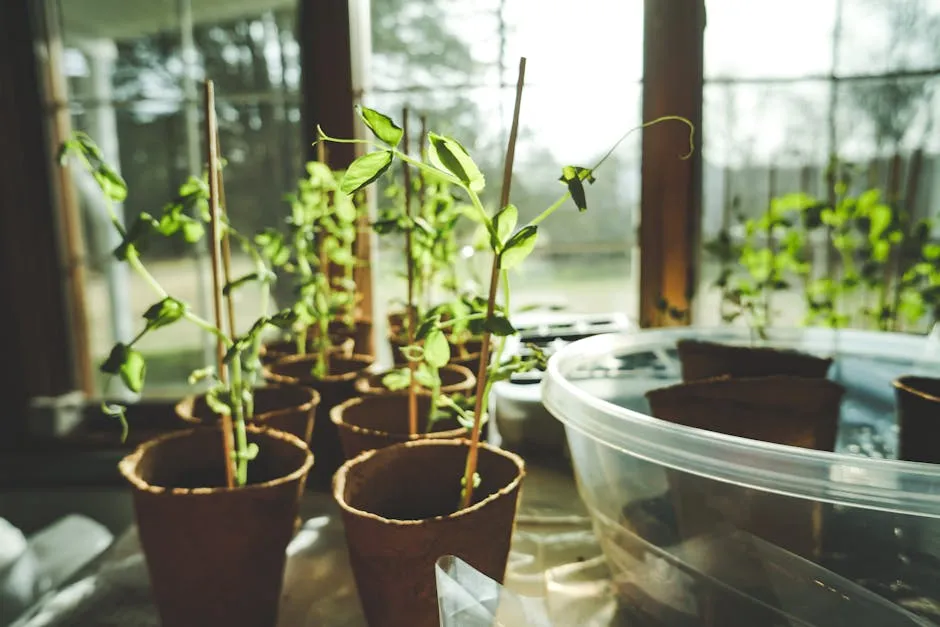
Soil Health and Maintenance
Importance of Soil Quality
Healthy soil is the backbone of any successful garden, especially in low-light conditions. In shaded areas, soil quality can deeply influence plant growth. Rich, well-draining soil retains moisture and nutrients, crucial for plants that receive less sunlight. This is where your soil’s structure comes into play. A loamy mix, full of organic matter, can significantly improve your garden’s productivity.
Amending your soil with compost and organic matter is essential. Compost adds nutrients and enhances soil texture, making it easier for plants to access water and minerals. Organic matter improves aeration, allowing roots to breathe and grow. This is especially important in shaded gardens, where moisture levels can be higher, leading to potential root issues.

To amend your soil, start by mixing in at least 2-4 inches of compost into the top layer. This not only enriches the soil but also helps beneficial microorganisms thrive. Regularly testing your soil can provide insights into what nutrients might be lacking. Adding organic fertilizers can also give your plants a boost, ensuring they get the nourishment they need to grow strong and healthy.
Using organic fertilizers can significantly enhance your soil health and ensure your plants thrive.

For those who want to ensure their soil quality is on point, consider investing in a Soil Test Kit. It’ll help you determine pH levels and nutrient content, giving you the knowledge to amend your soil properly!
Watering Techniques
Watering techniques are critical in shaded gardens. Shaded areas tend to retain moisture longer than sunny spots. Therefore, it’s essential to adjust your watering schedule accordingly. Overwatering in these conditions can lead to root rot and other fungal diseases. Instead, focus on watering at the base of your plants. This encourages deep root growth and keeps the foliage dry, which can help prevent disease.
Early morning is the best time to water. This allows moisture to soak into the soil before the sun rises high, reducing evaporation. Be sure to check the soil moisture first. Stick your finger about an inch into the soil; if it feels dry, it’s time to water. This simple check can save you from overwatering and helps maintain healthy plants.
Mulching around your plants can also help retain moisture while suppressing weeds. Organic mulches like straw or wood chips break down over time, enriching the soil. This creates a win-win situation, keeping your plants happy and healthy while improving soil quality. In shaded gardens, proper watering and mulching can make all the difference in ensuring your plants thrive, even when the sun is shy.
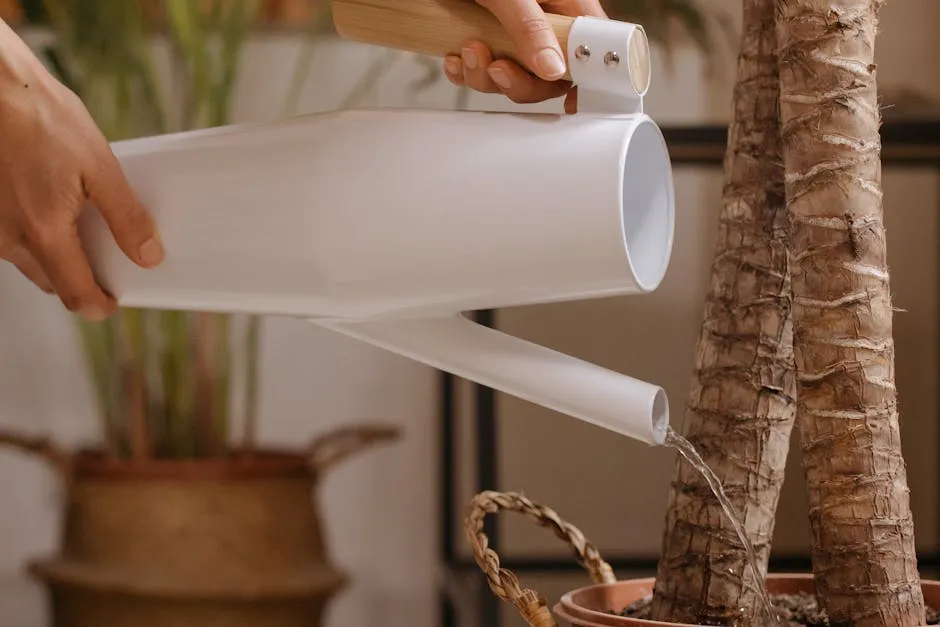
Sustainable Practices for Your Garden
Composting and Organic Fertilizers
Composting is a superhero for your garden and the planet. It transforms kitchen scraps and yard waste into nutrient-rich gold, often called compost. This process helps divert organic materials from landfills, reducing greenhouse gas emissions. When you add compost to your soil, it enhances fertility and improves soil structure. Think of it as a buffet for your plants, providing them with essential nutrients and a healthy environment to thrive.
Creating a compost bin is as easy as pie. You can use a simple wooden box or even a recycled plastic container. Start by layering greens (like vegetable peels) and browns (like dried leaves). Keep it aerated by turning it occasionally. In a few months, you’ll have dark, crumbly compost ready to enrich your garden.
Using organic fertilizers is another fantastic practice. These fertilizers are derived from natural sources, like animal manure or plant materials, and release nutrients slowly. This method minimizes the risk of chemical runoff, helping to protect our waterways. When applying organic fertilizers, follow the instructions carefully to avoid over-fertilizing. Your plants will thank you with vibrant growth and bountiful harvests.

Speaking of composting, you might want to check out this Compost Bin. It’s a fantastic way to recycle your kitchen scraps and create nutrient-rich compost for your garden!
Water Conservation Techniques
Water is precious, so conserving it is vital, especially in a garden with limited sunlight. Rainwater harvesting is a brilliant method. Set up rain barrels to collect water from your roof. This natural resource is great for your plants, free of chlorine and chemicals typically found in tap water.
Drip irrigation is another fantastic option. It delivers water directly to the plant’s roots, minimizing evaporation and waste. You can even use soaker hoses to achieve the same effect. Just lay them out in your garden beds, and let them work their magic.
Don’t forget about mulch! Adding a layer of organic mulch around your plants helps retain moisture, suppress weeds, and regulate soil temperature. Materials like straw, wood chips, or shredded leaves work wonders. Plus, as they decompose, they add nutrients back into the soil.
By employing these water conservation techniques, you can maintain a thriving garden while being a responsible steward of our water resources. Your plants will flourish, and your conscience will be clear!

FAQs
Can I grow tomatoes in the shade?
Growing tomatoes in full shade is tricky. However, certain varieties can tolerate partial shade. Look for smaller, determinate types, as they can produce fruit with less sunlight.
How do I know if my plants are getting enough light?
If your plants appear leggy or are stretching towards the light, they’re likely not getting enough. Healthy plants should have sturdy stems and vibrant leaves.
What can I do if my plants are not thriving?
Check the basics: light, water, and soil quality. Adjust your watering schedule to suit shaded environments. Consider adding compost to improve soil health. If all else fails, experiment with different plants better suited for low-light conditions.
Additional Tips
Experimentation is the secret sauce to a thriving garden! Don’t be afraid to mix up plant combinations and layouts. Every garden is unique, and what works for one might not work for another. Try pairing leafy greens with colorful herbs to create a visually appealing and productive space. Consider placing taller plants in the back and shorter ones in front for an aesthetic boost.
Remember, gardening is not just about the plants but also about your creative expression. Play with different textures and colors. You might discover that a pop of purple from eggplants next to vibrant green kale can turn your garden into a feast for the eyes!
Keep a journal to track what works well and what doesn’t. This helps refine your approach each season. Gardening should be fun and rewarding, so let your curiosity guide you. Plus, who doesn’t love a little garden adventure?

Conclusion
In conclusion, starting a sustainable garden in low-light conditions can be both fun and fulfilling. With the right plant selections and creative design strategies, you can cultivate a thriving green space, even when the sun decides to play hard to get. Remember to focus on leafy greens and shade-loving herbs, as they offer the best yields in limited sunlight.
As you embark on this gardening journey, don’t hesitate to involve your community. Share your excess produce with neighbors or donate to local food banks. Your sustainable garden can become a hub of generosity, providing fresh food to those in need. So, gather your tools, plant those seeds, and let your sustainable garden shine, even in the shadows!
And if you want to keep your plants well cared for, consider grabbing a pair of Gardening Gloves. They’ll protect your hands while you dig and plant!
Please let us know what you think about our content by leaving a comment down below!
Thank you for reading till here 🙂
All images from Pexels



